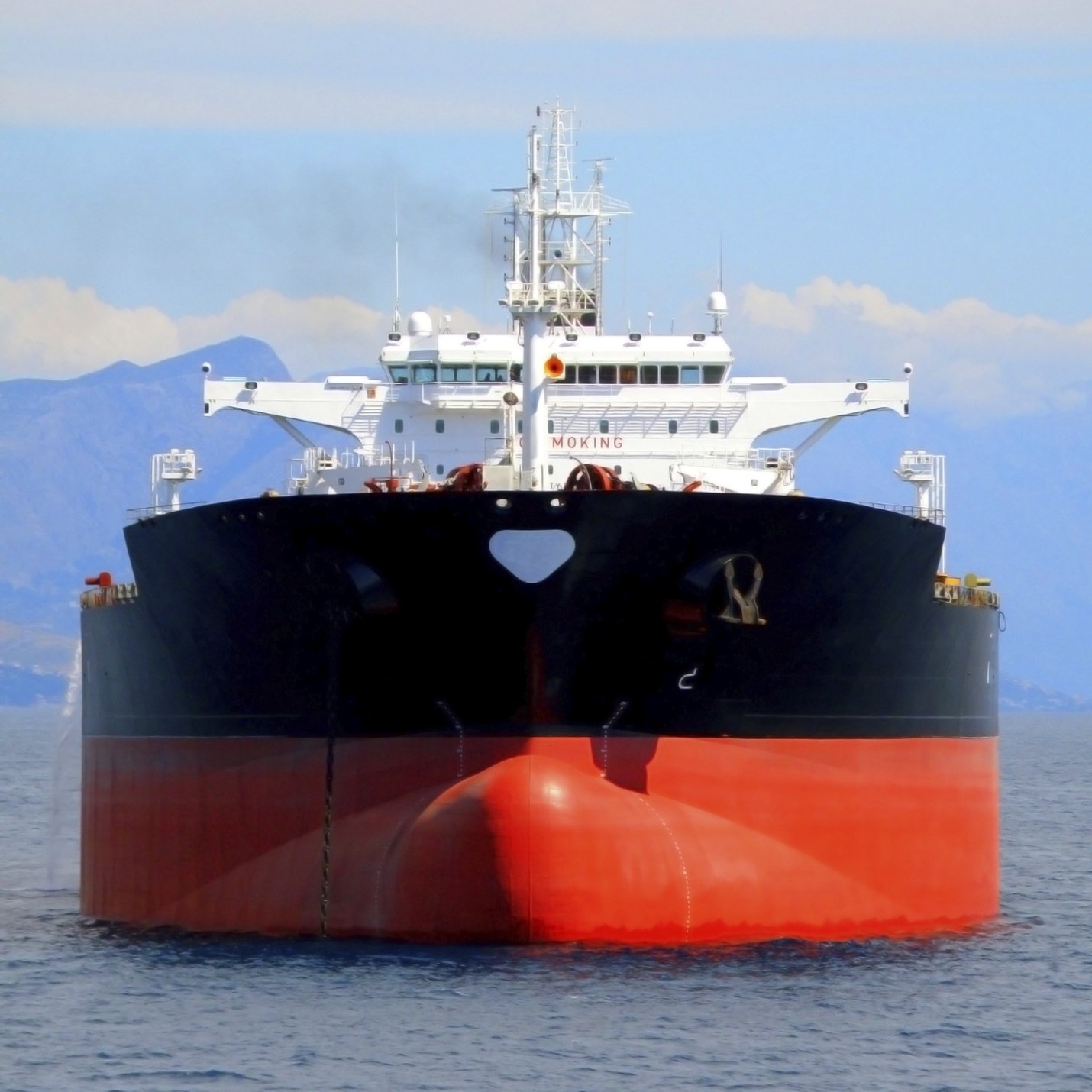Energy
China Oil Imports to Be 5 Times US by 2040

Published:
Last Updated:

As China’s industrial base needs more and more energy sources, and the United States becomes more energy independent, the People’s Republic will import five times what America will by 2040. And India will become a massive importer.
According to the IEA World Energy Outlook 2015:
Developing Asia, a region in which India takes over from China as the largest source of consumption growth, is the leading demand centre for every major element of the world’s energy mix in 2040 – oil, gas, coal, renewables and nuclear. By 2040, China’s net oil imports are nearly five times those of the United States, while India’s easily exceed those of the European Union.
The growth has environmental side effects that will multiply the air pollution problems in two nations that are already plagued by disastrously high pollution. The World Health Organization (WHO) lists major cities in China and India as having the worst air pollution among metropolitan cities in the world.
The IEA report has one other warning, which is that oil production will be dominated by increasingly fewer sources, giving them unprecedented leverage on prices:
The report finds that the plunge in oil prices has set in motion the forces that lead the market to rebalance, via higher demand and lower growth in supply, although the adjustment mechanism in oil markets is rarely a smooth one. In the central scenario of WEO-2015, a tightening oil balance leads to a price around $80 per barrel by 2020. But WEO-2015 also examines the conditions under which prices could stay lower for much longer. Since prices at today’s levels push out higher-cost sources of supply, such a scenario depends heavily on the world’s lower-cost producers: reliance on Middle East oil exports eventually escalates to a level last seen in the 1970s. Such a concentration of global supply would be accompanied by elevated concerns about energy security, with Asian consumers – the final destination of a huge share of regionally-traded oil – particularly vulnerable. Developing Asia, a region in which India takes over from China as the largest source of consumption.
The assumption is only true if the United States cannot take its place as one of the low-cost providers, which may happen due to growing efficiency in finding and producing crude.
ALSO READ: 5 Big Oil and Gas Stocks Analysts Want You to Buy Now
A financial advisor can help you understand the advantages and disadvantages of investment properties. Finding a qualified financial advisor doesn’t have to be hard. SmartAsset’s free tool matches you with up to three financial advisors who serve your area, and you can interview your advisor matches at no cost to decide which one is right for you. If you’re ready to find an advisor who can help you achieve your financial goals, get started now.
Investing in real estate can diversify your portfolio. But expanding your horizons may add additional costs. If you’re an investor looking to minimize expenses, consider checking out online brokerages. They often offer low investment fees, helping you maximize your profit.
Thank you for reading! Have some feedback for us?
Contact the 24/7 Wall St. editorial team.